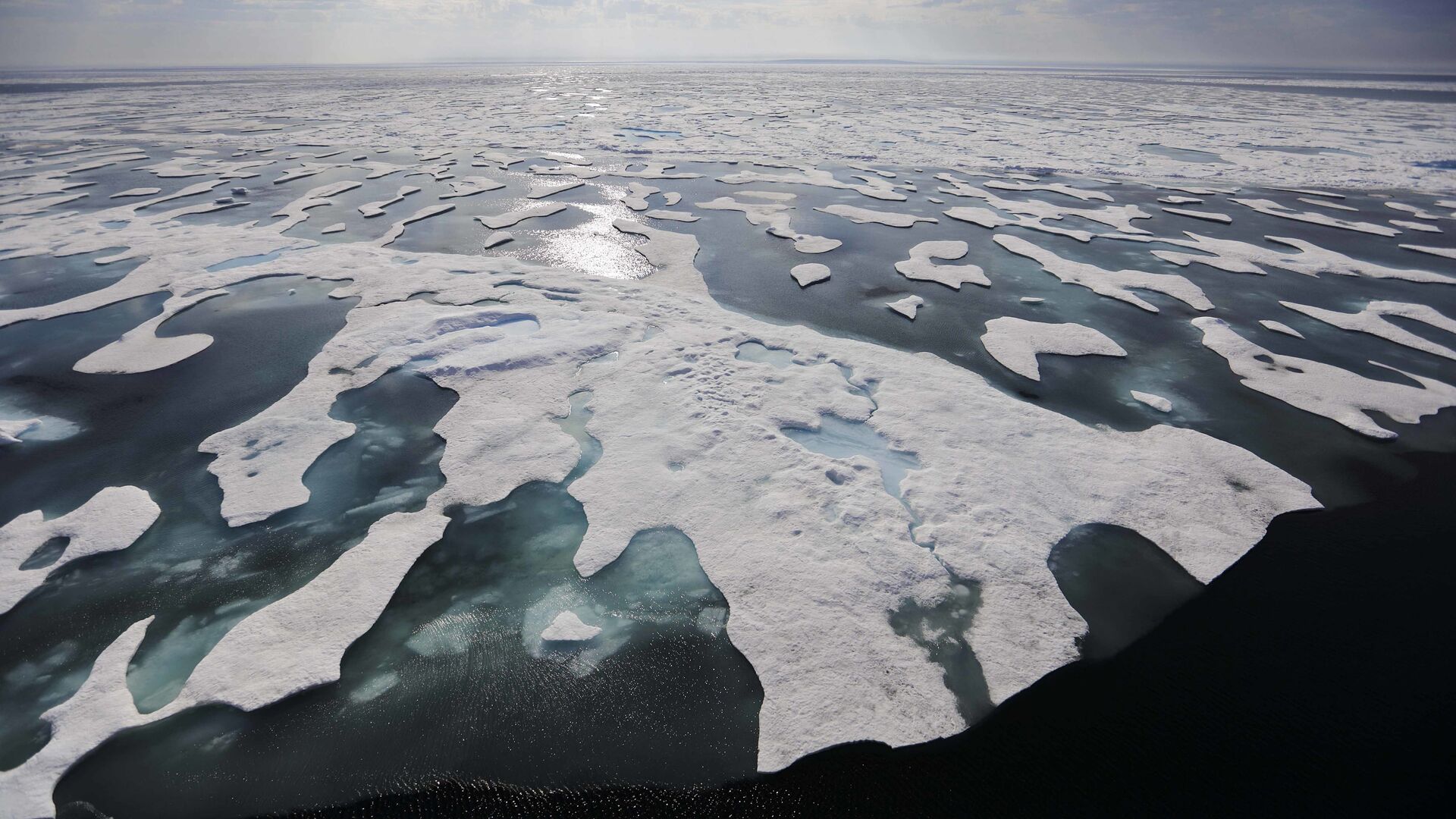https://sputnikglobe.com/20220720/finnish-supercomputer-to-help-get-to-grips-with-climate-change-1097602647.html
Finnish Supercomputer Will Help Get to Grips With Climate Change
Finnish Supercomputer Will Help Get to Grips With Climate Change
Sputnik International
The supercomputer LUMI occupies half a basketball court and ranks among the world's fastest. According to its director, matching the same power would take a... 20.07.2022, Sputnik International
2022-07-20T05:50+0000
2022-07-20T05:50+0000
2022-08-06T13:32+0000
finland
scandinavia
environment
newsfeed
science & tech
https://cdn1.img.sputnikglobe.com/img/106788/63/1067886364_0:296:6001:3671_1920x0_80_0_0_3e6e459b64a84d403c0c74d302b94b91.jpg
Finland-based supercomputer LUMI, which was unveiled in June, will be used in international modeling in an effort to fend off climate change.Among other things, LUMI - at present the world's third-fastest supercomputer, trailing behind counterparts from only the US and Japan - will be used to build a digital twin model of Earth and carry out simulations intended to contribute to achieving the EU's climate goals, national Finnish broadcaster Yle reported.The multi-year project will be run by three international organizations – the European Center for Medium-Range Weather Forecasts (ECMWF), the European Space Agency (ESA) and the European Meteorological Satellite Organization (EUMETSAT) and is due to start this autumn.Funded through the European Commission's Digital Europe program, the simulations aim to contribute significantly to achieving the EU's Green Development Agenda.The LUMI supercomputer has had input from 10 European countries and has amassed investment in excess of 200Mln euros. It is half the size of a basketball court and operates from a former paper mill in the city of Kajaani. Starting this autumn, it will be available to scientists from around Europe. The name is an acronym of Large Unified Modern Infrastructure, yet fittingly LUMI also means “snow” in Finnish.According to LUMI director Pekka Manninen, the supercomputer has the same power as a couple of million regular laptops or a 25-kilometer-high tower of MacBooks. Manninen stressed that the machine can be used in a variety of disciplines, from physics to human sciences. He called it a “power catalyst” that would help researchers carry out their work with unprecedented speed and accuracy.Tellingly, the project itself has an environmental edge, as the heat generated by the supercomputer is fed into the regional heating network, providing about one-fifth of the heating needs in the district of Kajaani. Finland was chosen as the host nation because its generally cool climate will prevent overheating.Computer simulations of Earth are already widely used in climate science and are one of the main tools of weather and climate predictions. For instance, the Intergovernmental Panel on Climate Change (IPCC) already based its reports on multiple supercomputer simulations made by research groups from around the world.
finland
scandinavia
Sputnik International
feedback@sputniknews.com
+74956456601
MIA „Rossiya Segodnya“
2022
News
en_EN
Sputnik International
feedback@sputniknews.com
+74956456601
MIA „Rossiya Segodnya“
Sputnik International
feedback@sputniknews.com
+74956456601
MIA „Rossiya Segodnya“
finland, scandinavia, environment, newsfeed, science & tech
finland, scandinavia, environment, newsfeed, science & tech
Finnish Supercomputer Will Help Get to Grips With Climate Change
05:50 GMT 20.07.2022 (Updated: 13:32 GMT 06.08.2022) The supercomputer LUMI occupies half a basketball court and ranks among the world's fastest. According to its director, matching the same power would take a couple of million regular laptops or a 25-kilometer-high tower of MacBooks.
Finland-based supercomputer LUMI, which was unveiled in June, will be used in international modeling in an effort to fend off climate change.
Among other things, LUMI - at present the world's third-fastest supercomputer, trailing behind counterparts from only the US and Japan - will be used to build a digital twin model of Earth and carry out simulations intended to contribute to achieving the EU's climate goals, national Finnish broadcaster Yle
reported.
The multi-year project will be run by three international organizations – the European Center for Medium-Range Weather Forecasts (ECMWF), the European Space Agency (ESA) and the European Meteorological Satellite Organization (EUMETSAT) and is due to start this autumn.
Funded through the European Commission's Digital Europe program, the simulations aim to contribute significantly to achieving the EU's Green Development Agenda.
The LUMI supercomputer has had input from 10 European countries and has amassed investment in excess of 200Mln euros. It is half the size of a basketball court and operates from a former paper mill in the city of Kajaani. Starting this autumn, it will be available to scientists from around Europe. The name is an acronym of Large Unified Modern Infrastructure, yet fittingly LUMI also means “snow” in Finnish.
According to LUMI director Pekka Manninen, the supercomputer has the same power as a couple of million regular laptops or a 25-kilometer-high tower of MacBooks. Manninen stressed that the machine can be used in a variety of disciplines, from physics to human sciences. He called it a “power catalyst” that would help researchers carry out their work with unprecedented speed and accuracy.
Tellingly, the project itself has an environmental edge, as the heat generated by the supercomputer is fed into the regional heating network, providing about one-fifth of the heating needs in the district of Kajaani. Finland was chosen as the host nation because its generally cool climate will prevent overheating.
Computer simulations of Earth are already widely used in climate science and are one of the main tools of weather and climate predictions. For instance, the Intergovernmental Panel on Climate Change (IPCC) already based its reports on multiple supercomputer simulations made by research groups from around the world.

